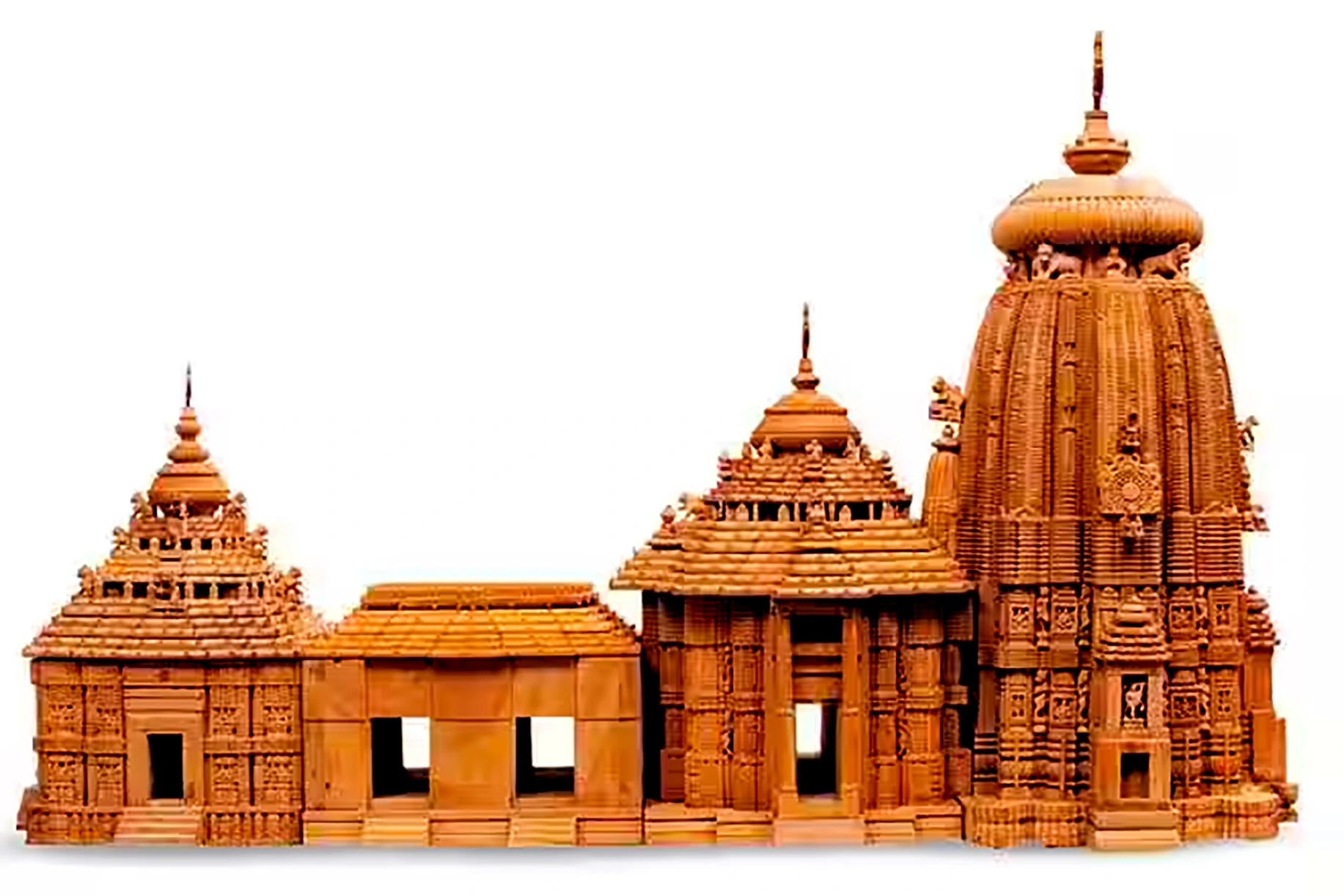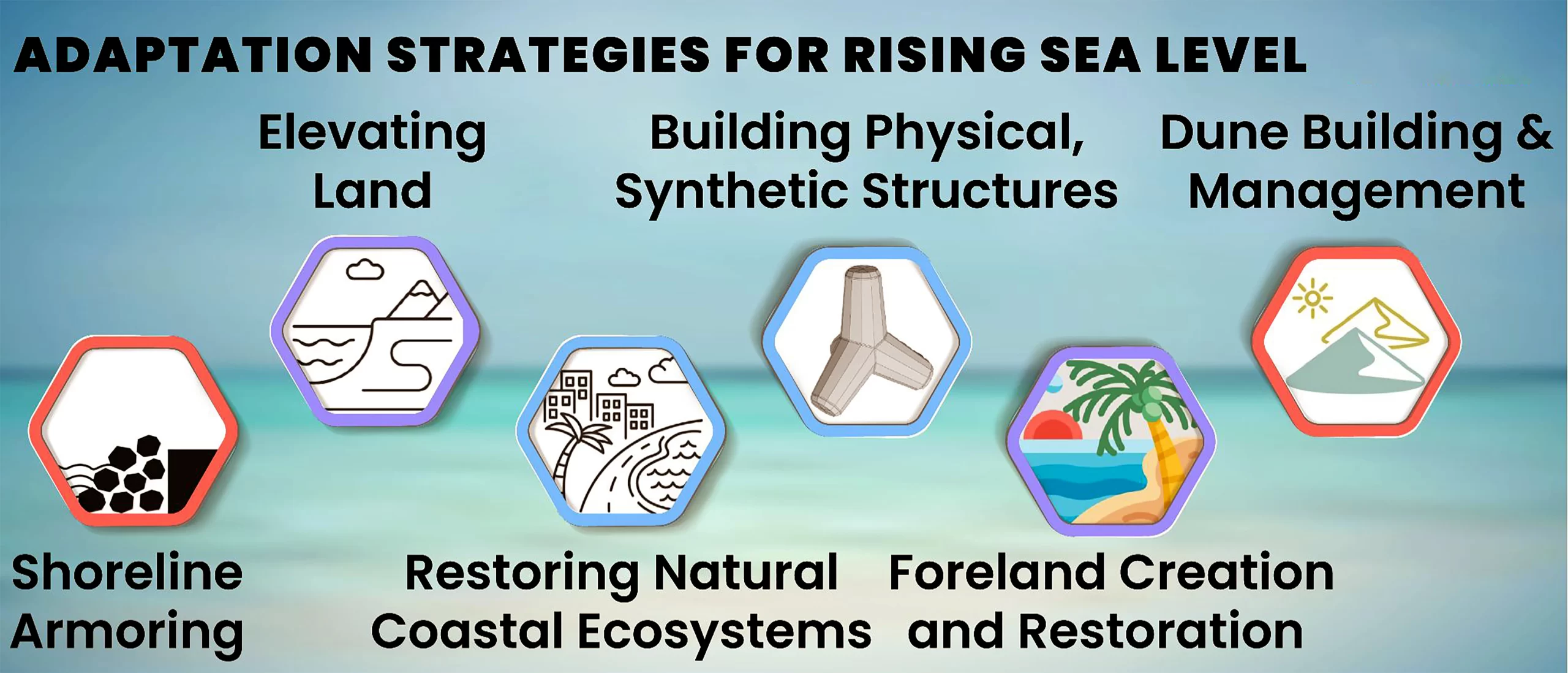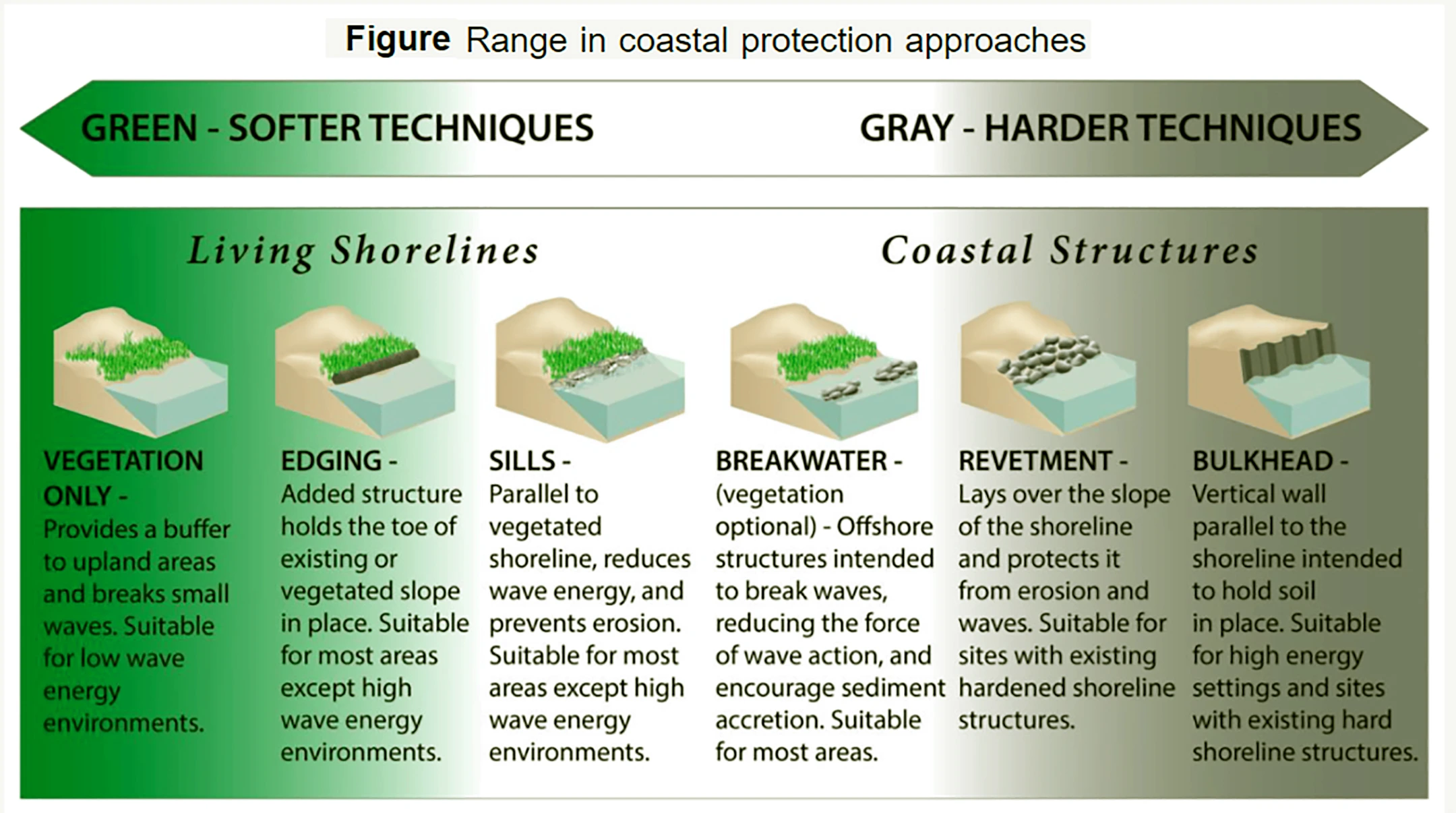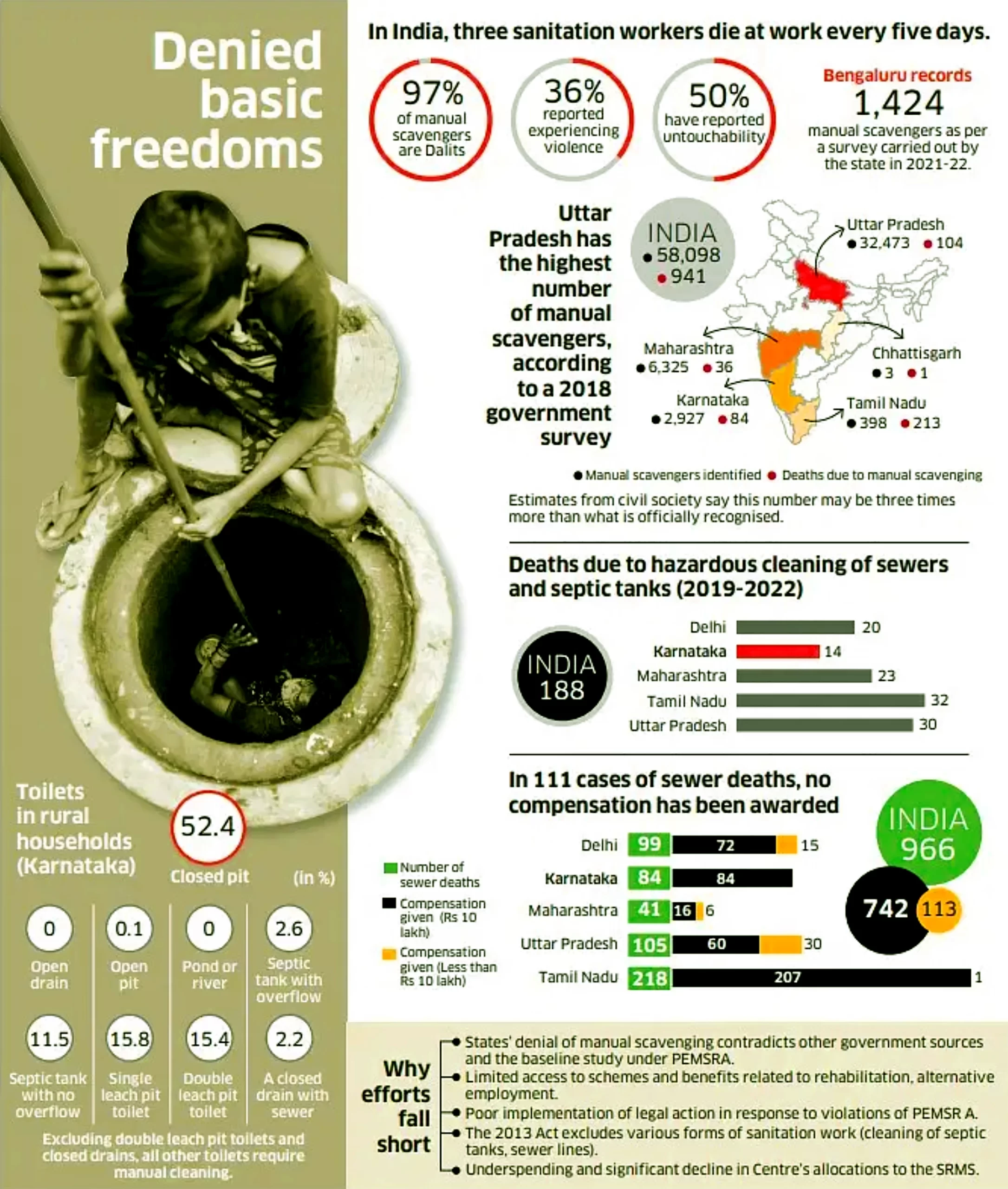| Green Energy Corridor(GEC) Project:
This aims to integrate electricity generated from renewable sources like solar and wind into the grid. It has two phases: Phase I:
Phase II:
|
|---|
News Source: Livemint

News Source: The Indian Express
The recommendations of the 1965 Lokur Committee are followed to identify ST communities based on indicative criteria such as
|
|---|
News Source: The Hindu
Tropical cyclones are named differently based on their geographic location:
|
|---|
News Source: Indian Express


Coastal Adaptation in Odisha:
|
|---|
Some Significant Government Steps for Coastal Region Conservation:
|
|---|
National Commission for Safai Karamchari (NCSK):
|
|---|

| Provisions on Manual Scavenging in India:
Constitutional Provisions: Inspired by the Universal Declaration of Human Rights, 1948, Part III of the Constitution embodied strong human rights protections in Part III to prevent social ostracism emanating from caste practices.
National Commission for scheduled caste (NCSC): It is mandated to safeguard the interests of scheduled castes in India. Article 338 (5) of India’s constitution outlines certain NCSC duties. Legal Provisions:
|
|---|
SC Verdict on Newsclick Shows Adherence to Due Pro...
Stay Invested: On Chabahar and India-Iran Relation...
Credit Rating Agencies, Impact on India’s De...
Catapulting Indian Biopharma Industry
Globalisation Under Threat, US Import Tariffs Have...
Global Report on Hypertension, Global Insights and...
<div class="new-fform">
</div>
